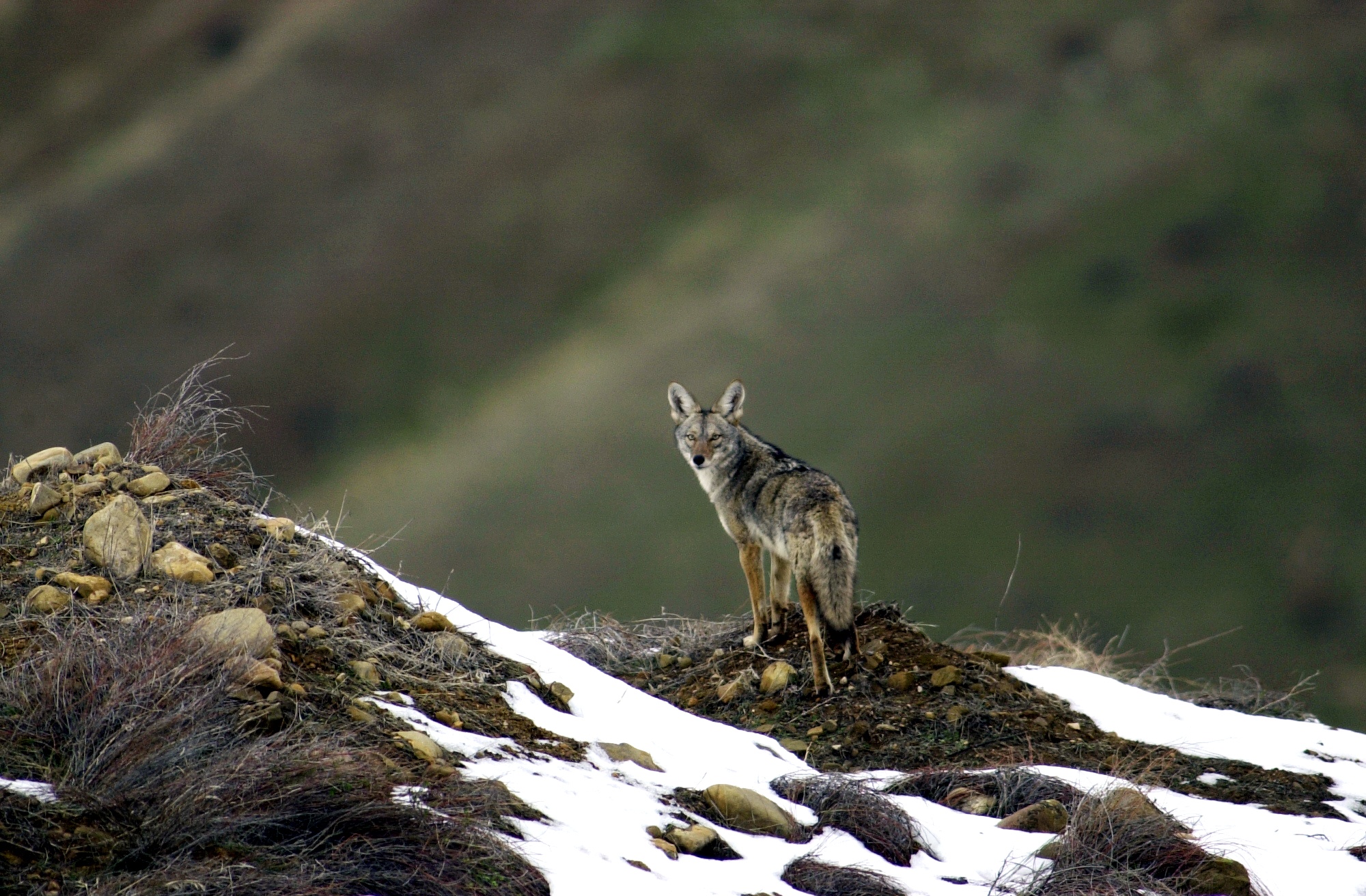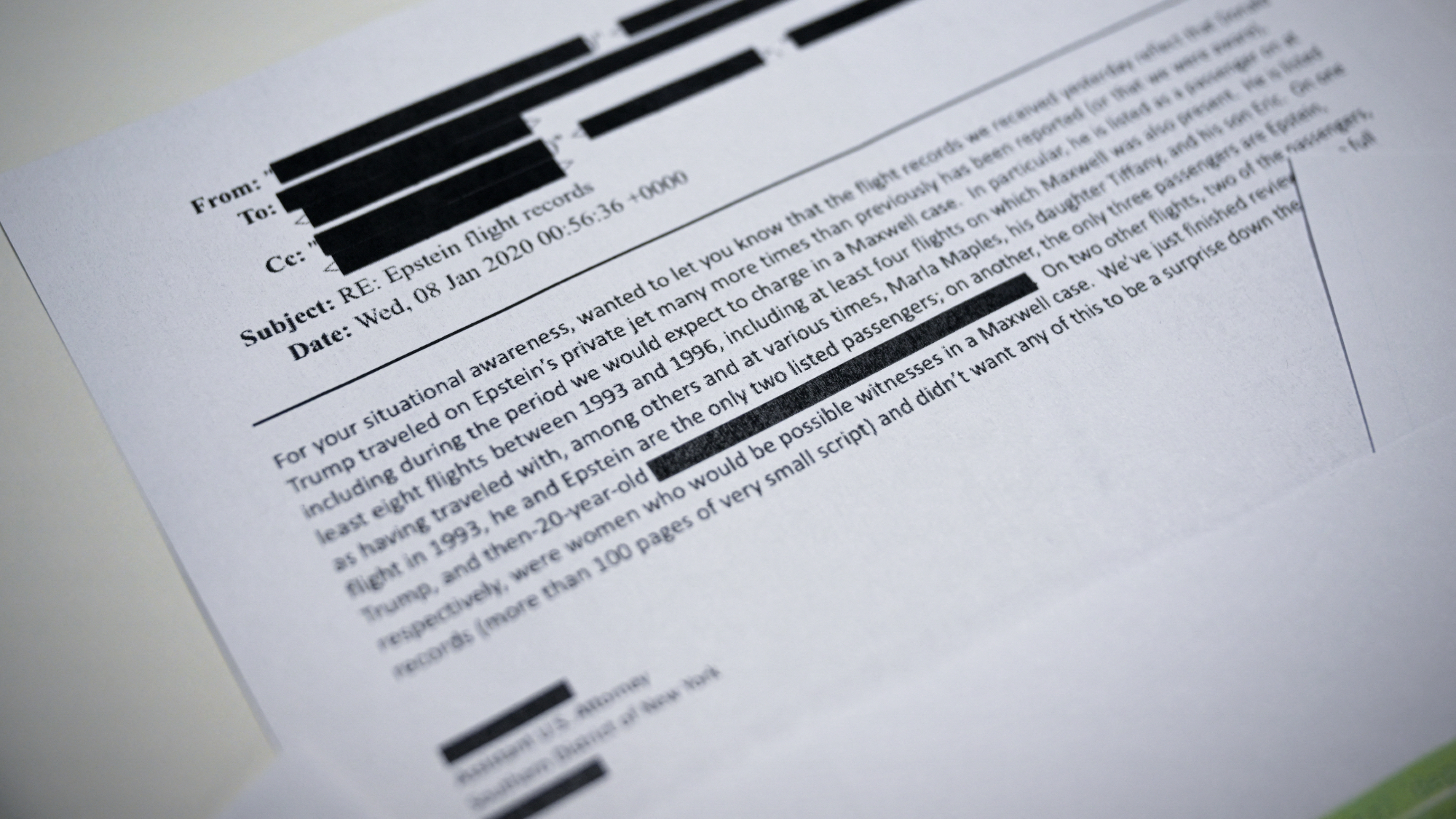The menacing wolf-coyote hybrids invading America's cities
Coyotes have migrated from the West into suburbs and cities from New York to Atlanta. Is that worrisome?

Coyotes have migrated from the West into suburbs and cities from New York to Atlanta. Is that worrisome? Here's everything you need to know:
Where are coyotes found?
Today, almost everywhere. Once mostly limited to the Western plains, coyotes have moved steadily eastward and established new habitats in and around populous cities. Small packs roam city parks in New York, Chicago, Washington, D.C., Pittsburgh, and Atlanta, and they are becoming a particular nuisance in suburbs in the Northeast. "Ten years ago, it was rare to see coyotes, but they have really exploded on the scene here," said Stamford, Connecticut, police Capt. Richard Conklin. Every Eastern state is now home to tens of thousands of coyotes — in 2005, hunters and trappers killed 20,000 of them in Pennsylvania alone. And these are not your great-grandfather's coyotes. Western coyotes are still the smallish predators and scavengers they always were, averaging about 30 pounds. The ones that have come east in the last 50 years, though, are big.
The Week
Escape your echo chamber. Get the facts behind the news, plus analysis from multiple perspectives.

Sign up for The Week's Free Newsletters
From our morning news briefing to a weekly Good News Newsletter, get the best of The Week delivered directly to your inbox.
From our morning news briefing to a weekly Good News Newsletter, get the best of The Week delivered directly to your inbox.
Why are they bigger?
The Northeastern coyote is actually a wolf-coyote hybrid. Scientists believe the crossbreeding happened when the wolf population around the Great Lakes was on the verge of extinction and lonely wolves found mates wherever they could. Hybrid coyotes began filling the void wolves left, migrating east and then south. There's not a lot of wolf DNA in the Eastern coyote — less than 10 percent — but that's enough to give the animal a more menacing aspect and enough heft to bring down an adult deer. Weighing up to 65 pounds, the Eastern coyote has a larger skull and is even smarter and more adaptable than its Western cousin. "People look at our coyotes and think that they're wolves," says Marion E. Larson of the Massachusetts Division of Fisheries and Wildlife. "They're about the size of a German shepherd, maybe bigger."
Why are they in cities?
That's where the food is. Coyotes can eat just about anything, from animals as big as deer to insects and even fruit and grass. Cities and suburbs teeming with squirrels, rats, and pets — not to mention restaurant scraps — are a cornucopia for them. And because they are extraordinarily adept at eluding detection, they have managed to move in without being noticed until the past few years, when their numbers have increased so fast that sightings have become common. "They can adapt to any urban landscape," says Smithsonian Institution geneticist Christine Bozarth. "They'll raise their pups in drainage ditches and old pipes."
A free daily email with the biggest news stories of the day – and the best features from TheWeek.com
Are they dangerous?
Not usually. There's been only one confirmed killing of a human in the past decade (see below), and just isolated reports of children being bitten. Coyotes do, however, like to eat pet cats, and sometimes attack smaller dogs that are trapped in yards by chains or electric fences. In a 2009 study in Tucson, cats were found to be urban coyotes' favorite meal, making up 42 percent of their diet. "A coyote can jump a six-foot fence and take a small dog or cat and be back in a flash," said Tucson biologist Lisa Harris. In some scary cases, coyotes have attacked dogs while the owners were walking them. Experts also warn that rabies can make coyotes more aggressive. Still, the danger from the coyote "has been blown out of proportion," said former wildlife officer Nicky Patronio. "It's a wild animal, but it's not a vicious killing machine."
Can they be culled?
Coyotes are so resilient that killing them, even in great numbers, just doesn't have much effect. Decades ago, several Western states tried to reduce coyote numbers through poisoning, trapping, and bounty hunting. But wildlife officials found that 70 percent of the entire population had to be killed every year to make a dent in the numbers — an impossible target. Coyotes also have a biological mechanism that triggers larger litters whenever their numbers drop.
Do they provide any benefits?
Yes. Coyotes keep down both the rat population and the Canada goose population. Coyotes raid goose nests, eating some of the eggs and burying the rest to be eaten later. In Chicago, nuisance Canada geese were increasing by nearly 20 percent a year; now, thanks to the coyotes, the population is almost steady. And while coyotes don't kill enough deer up north to make much of a dent in the exploding deer population, they do keep numbers in check in the southern U.S., where the deer are smaller. In fact, by eating deer and mice, they may be helping to control Lyme disease, which is spread by deer ticks.
What should people do?
To protect your pet, do not leave it unsupervised or chained up in the yard. Don't leave pet food or scraps outdoors, and seal garbage lids tightly. If you do see a coyote, do not run away, which can trigger the animal's predatory instincts. Instead, yell and flap your arms to try to appear large and aggressive. "The reality is, coyotes are incredibly adaptable, intelligent, resilient animals, and they have learned how to coexist with us," said Camilla Fox of California's Project Coyote. "But we're still trying to figure out how to coexist with them."
Rare human attacks
Coyotes instinctively fear humans, and usually run away when they see one. But there have been some rare exceptions. In 2009, Toronto folksinger Taylor Mitchell, 19, was killed by coyotes while hiking alone in Cape Breton Highlands National Park in Nova Scotia. Four other hikers found her, bleeding profusely from bite wounds all over, a coyote standing over her. She died of blood loss that night. Animal control officers killed four coyotes found in the area over the next few weeks, and three of them were found to have traces of Mitchell's blood on them — suggesting that she was attacked by a group. The only other known fatality from a coyote attack came in Glendale, California, in 1981, when a coyote dragged Kelly Keen, 3, from her driveway. She later died of a broken neck. Because they are small, children are more likely to be attacked by coyotes, and there have been dozens of recorded nonfatal attacks on kids.


